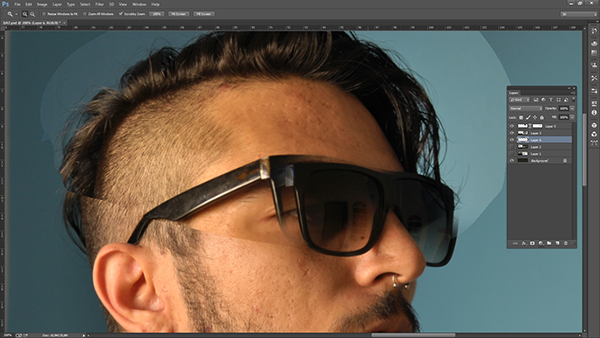

Set the Type to Hex-dominant parametric (only CFD).Ĭonfigure the Bounding Box geometry primitive to the following: The new mesh operation will be generated automatically.

If the project appears to be private, please make a copy of it to work on it. To start this exercise, please import the project into your workspace by clicking on the link below: Please double check your procedure with the screenshots and text

For many attributes, SimScale sets some default values that don’t need to be changed unless specified.Most of the descriptions will be below the images.This will be done by changing the angle of incidence of the air, and we will dig deeper into this later on. Then we will talk about the standard setup for the simulation, and then we will go into the setup to change the angle of attack. You will simulate three different set-ups with the geometry provided in the project.įirst we will go through the meshing process, as the same mesh will be used for all simulations. These four bounding walls define the size of the fluid domain, and in general you have to reach a compromise: you want these walls as far as possible so that you can observe all the fluid behavior (also, if they are too close to your geometry you might get strange results), but you also want to limit your fluid domain to save computational power. The bounding face on the left-hand side (green) will be defined as an outlet with a constant pressure. The bounding face on the right-hand side (red) will be defined as an inlet with a constant flow velocity profile. A good approximation here is to assume this wall as frictionless or so-called slip walls. In reality, these walls do not exist and should not interact with the flow. The outer (not visible here), upper, and lower surrounding walls (dark blue) are necessary to limit the size of the domain we want to simulate since we are not able to simulate an infinitely large domain. The body of the plane is a physical wall (grey), which means that it involves friction and should be defined as so-called no-slip walls. Simulating only half of the plane reduces the computational effort by defining the inner surrounding wall (yellow/brown) as a symmetry plane.

Let’s take a look at the physics of the plane before we start to set up our simulations.Īs a first simplification we can exploit the symmetry of the plane. We will work with an angle of 3 degrees and 20 degrees for a plane travelling at 20 m/s. The focus of this simulation is to investigate the performance of the airplane - in particular the wing - by looking at drag and lift forces at different angles of attack.įor your homework, your task is to investigate the behavior of drag and lift for different angles of attack (which will be simulated without changing the geometry) and determine the best setup.
#DMESH TUTORIAL FULL#
In this tutorial, you will be doing a full fledged flow simulation of the aerodynamics of a model airplane. Homework Deadline: December 10th, 11:59 pm CEST Click Here to Submit your Homework To submit your homework assignment, please generate a public link of your project ( ) The step-by-step tutorial below contains all of the steps for setting up the simulation in SimScale and visualizing the results. We will work with an angle of 3 degrees, and 20 degrees for a plane travelling at 20 m/s. For your homework, your task is to investigate the behavior of drag and lift, and look at velocity and pressure distribution across the wing for different angles of attack (which will be simulated without changing the geometry).


 0 kommentar(er)
0 kommentar(er)
